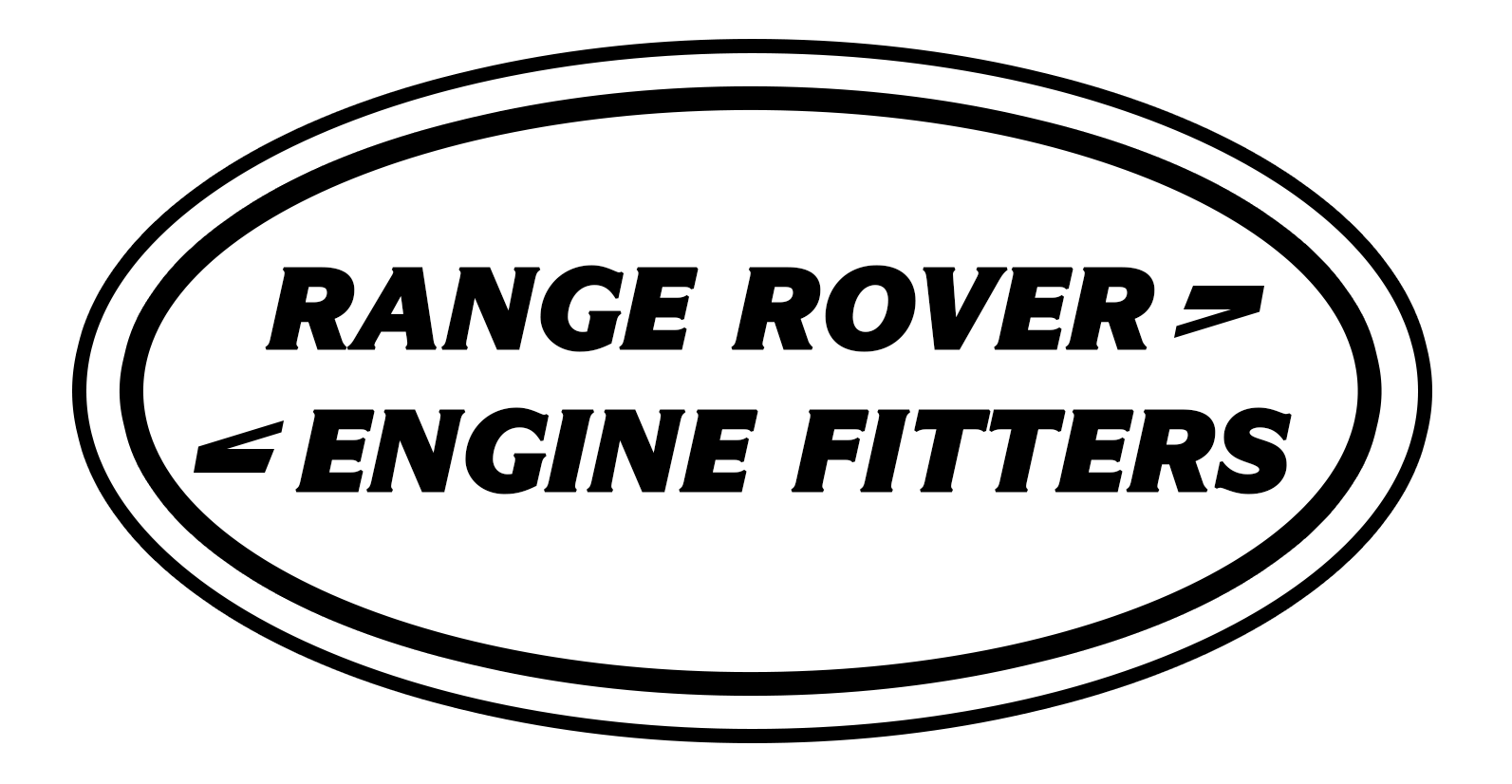The cold start performance of an engine is a critical factor in vehicle operation, particularly in regions with extreme temperatures. For the Range Rover 2.0 engine, which is known for its efficiency and advanced technology, understanding its cold start characteristics can provide insights into its reliability and performance. This article delves into the various aspects of the cold start process for the Range Rover 2.0 engines, exploring how it affects engine performance, maintenance considerations, and the benefits of opting for reconditioned engines.
Engine Design and Cold Start Performance
The design of the Range Rover 2.0 engine plays a significant role in its cold start characteristics. Engine components, such as the fuel injection system, starter motor, and oil pump, are engineered to work together efficiently. During a cold start, the engine’s components must perform optimally despite lower temperatures that affect fuel viscosity and engine oil flow. Advanced engineering in the Range Rover 2.0 ensures that the engine warms up quickly and reaches optimal operating temperatures faster than many competitors. This design not only enhances performance but also reduces wear and tear during cold starts.
Impact of Engine Oil on Cold Starts
Engine oil viscosity is crucial for cold start performance. In colder temperatures, thicker oil can create resistance, making it harder for the engine to start. The Range Rover 2.0 engine is equipped with advanced oil pumps and uses synthetic oils that are less affected by temperature changes. These oils provide better flow at low temperatures, ensuring smoother cold starts. Regularly checking and maintaining the correct oil level and type is essential for ensuring reliable cold starts. If engine oil becomes too thick due to age or contamination, it can negatively impact cold start performance, highlighting the importance of timely Engine Replacement or reconditioning.
Fuel System Efficiency During Cold Starts
The fuel system’s role in cold starts cannot be overstated. For the Range Rover 2.0 engine, fuel injectors and the fuel pump are designed to deliver precise amounts of fuel to the engine, even in cold conditions. Modern fuel systems in the Range Rover 2.0 incorporate technologies like direct injection and electronic control units (ECUs) that optimize fuel delivery and combustion during cold starts. This precision helps in reducing emissions and improving fuel efficiency. Any issues with the fuel system can lead to poor cold start performance, making regular maintenance and potential reconditioning of components vital.
Starter Motor and Cold Start Reliability
The starter motor is a critical component for cold starts, especially in colder climates. The Range Rover 2.0 engines features a robust starter motor designed to handle the additional load required to start the engine in cold conditions. The reliability of the starter motor is essential for smooth cold starts, and any failure can lead to starting difficulties. Regular inspections and timely replacement of worn starter motors are important to maintain cold start performance. If problems persist, considering a reconditioned starter motor could be a cost-effective solution, ensuring that the engine starts reliably every time.
The Role of Engine Management Systems
Engine management systems play a crucial role in optimizing cold start performance. The Range Rover 2.0 engine is equipped with advanced engine management technology that adjusts fuel mixture, ignition timing, and idle speed based on temperature readings. This ensures that the engine runs smoothly from the moment it starts. Modern engine management systems are designed to adapt to various conditions, providing optimal performance regardless of the temperature. Regular updates and calibrations of these systems are necessary to maintain their effectiveness. When faced with persistent issues, Engine Replacement or reconditioning might be required to restore optimal cold start functionality.
Common Cold Start Issues and Troubleshooting
Cold start issues can range from minor inconveniences to significant problems. Common issues for the Range Rover 2.0 engine include rough idling, difficulty starting, or increased emissions during the initial startup phase. These problems can often be traced back to components such as the starter motor, fuel system, or engine oil. Regular diagnostics and maintenance are key to addressing these issues promptly. If standard troubleshooting does not resolve the problem, opting for reconditioned engines or specific components may be necessary to restore proper cold start performance.
Benefits of Reconditioned Engines for Cold Start Performance
Reconditioned engines can offer several benefits, particularly for cold start performance. A reconditioned engine is restored to a condition that is close to new, with all critical components thoroughly inspected and replaced as needed. This can improve cold start characteristics, as the engine will have fresh components and optimized performance. For owners of older Range Rover 2.0 engines experiencing cold start issues, investing in a reconditioned engine could be a cost-effective way to ensure reliable starts and improved overall performance. Reconditioning also extends the lifespan of the engine, reducing the need for frequent Engine Replacement.
Maintenance Tips for Ensuring Optimal Cold Starts
Proper maintenance is essential for ensuring that the Range Rover 2.0 engine performs well during cold starts. Key maintenance practices include using the correct engine oil, regularly checking and replacing fuel filters, and ensuring the starter motor is in good condition. Additionally, keeping the engine management system up to date and performing regular diagnostics can prevent many cold start issues. For those considering reconditioning, ensuring that all aspects of the engine are thoroughly inspected and repaired will help maintain optimal cold start performance. Routine maintenance and timely reconditioning are crucial for keeping the engine running smoothly in all conditions.

